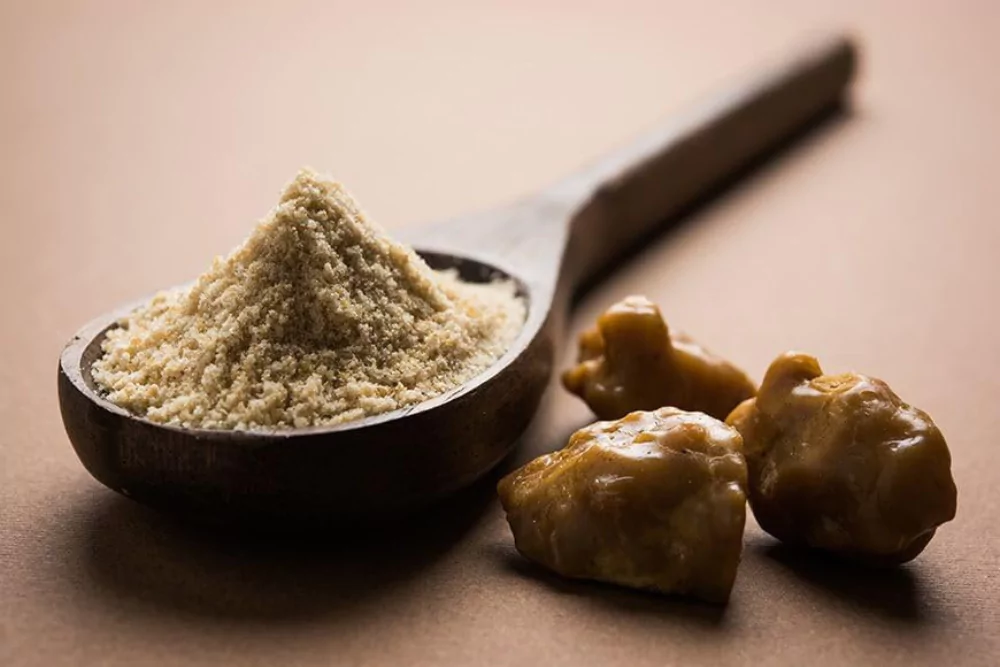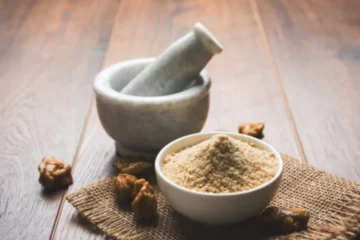Asafoetida, often overlooked today, has a remarkable history as a natural remedy. This blog delves deep into its traditional uses, safety, scientific evidence, and enduring relevance.
What are the common ailments that grandmothers traditionally treated with asafoetida?
Short Answer: Asafoetida was used for common ailments such as indigestion, bloating, colds, coughs, menstrual pain, and earaches. Its antimicrobial and anti-inflammatory properties made it highly effective across various uses.
Long Answer:
- Indigestion and Bloating: Asafoetida dissolved in warm water was a simple yet effective remedy for stomach ailments, preventing excessive gas and bloating after heavy meals.
- Colds and Coughs: Known for its ability to reduce congestion, it was either added to teas or burned as a resin to release vapors that eased respiratory blockages.
- Menstrual Pain: Asafoetida was consumed with warm milk or water to reduce cramps, leveraging its antispasmodic properties to soothe the abdominal muscles.
- Earaches: Asafoetida mixed with warm oil was applied directly to the ear, functioning as a natural pain reliever.
- Infections: Due to its antibacterial properties, asafoetida was used in poultices or pastes to treat minor skin infections and wounds.
The multifaceted benefits of asafoetida made it a household staple, particularly in regions that valued natural and accessible remedies.
How does asafoetida actually work to relieve issues like indigestion or colds? Is there any scientific backing to these remedies?
Short Answer: Asafoetida works through its antispasmodic, antimicrobial, and antiviral properties. Scientific studies have validated its digestive and respiratory benefits, confirming its effectiveness as a natural remedy.
Long Answer:
- Digestive Function: Asafoetida contains compounds that stimulate the production of digestive enzymes, aiding in food breakdown and preventing excessive gas formation.
- Respiratory Support: Its antiviral properties help combat colds by reducing pathogen activity, while its anti-inflammatory effects soothe irritated respiratory passages.
- Antimicrobial Effectiveness: Research has shown that asafoetida’s sulfur-containing compounds are effective in inhibiting bacterial and fungal growth, justifying its role in treating infections.
- Scientific Studies: Numerous studies have highlighted asafoetida’s potential as a natural treatment for gastrointestinal and respiratory disorders, aligning with its historical uses.
These properties make asafoetida a powerful ally against common health challenges, combining historical knowledge with modern scientific validation.
Are these traditional remedies still relevant today, and how can I safely try them at home?
Short Answer: Traditional remedies using asafoetida remain relevant as natural alternatives to synthetic drugs. They can be safely tried at home in teas, pastes, or warm water, provided proper precautions are taken.
Long Answer:
- Relevance in Modern Times: With a growing preference for natural remedies, asafoetida has seen renewed interest for its effectiveness without the side effects associated with chemical treatments.
- Home Remedies:
- Add a pinch to warm water or teas to alleviate bloating.
- Create a paste with asafoetida and apply it to the abdomen for menstrual cramps.
- Use asafoetida in steam inhalation to relieve nasal congestion and colds.
- Safety Considerations: While generally safe in small quantities, consult a healthcare provider if pregnant, breastfeeding, or dealing with chronic conditions. Always test for allergies before use.
By respecting traditional wisdom and pairing it with careful application, asafoetida can offer a natural solution to many everyday health concerns.
Is asafoetida suitable for everyone, or are there any side effects or precautions I should be aware of?
Short Answer: While asafoetida offers numerous benefits, it is not suitable for everyone. Side effects like nausea, irritation, or allergic reactions can occur, and pregnant women and young children should avoid its use.
Long Answer:
- Potential Side Effects:
- Skin irritation when applied directly in high concentrations.
- Stomach upset or nausea if consumed in large quantities.
- Allergic reactions, particularly in individuals with sensitivities to sulfur-based compounds.
- Special Considerations: Asafoetida may stimulate uterine contractions, making it unsuitable for pregnant women. Additionally, its strong taste and smell may not be palatable to everyone.
- Precautions: Start with minimal amounts, monitor for any adverse reactions, and consult a healthcare professional if in doubt.
Understanding individual tolerance and limitations is crucial to using asafoetida safely and effectively.
What is the history behind using asafoetida in folk remedies, and why is it called the ‘devil’s dung’?
Short Answer: Asafoetida, a staple in ancient Indian and Persian medicine, is nicknamed “devil’s dung” due to its pungent odor. It was revered for its medicinal and culinary uses.
Long Answer:
- Historical Use: Asafoetida was a vital part of Ayurvedic and Middle Eastern medicine, treating digestive issues, respiratory problems, and infections.
- Etymology of ‘Devil’s Dung’: The term reflects its potent smell, believed to ward off pests and even evil spirits in traditional practices.
- Cultural Significance: Despite its unappealing aroma, asafoetida’s therapeutic properties made it invaluable, cementing its place in folk medicine and rituals.
This pungent spice has a rich legacy that highlights its medicinal value and cultural relevance over centuries.





